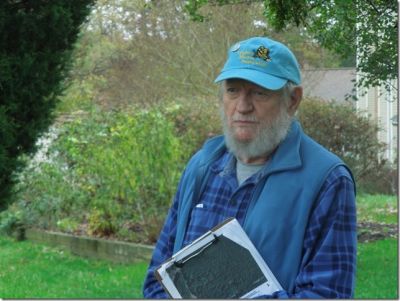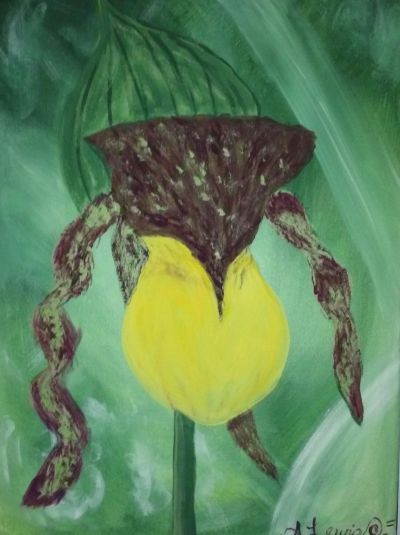 By Tom Teeples
By Tom Teeples
Hickory Hollow (HH) is part of a much larger tract of land, once owned by Lancaster County. The tract provided land for the high school, dog pound and county dump. HH is a 250-acre section in the middle of the county activities.
The spark for a flurry of activity was set off in 1999. In that year the county announced that HH was going to be developed into an industrial park.
Never mind that there were other similar facilities standing idle, unused, in other areas. The announcement raised an uproar of concerned citizens opposing the idea.
Before continuing this narrative, there are a couple of backstories that support the conclusion of this story:
Backstory 1….Henry Bashore was a retired Virginia forester living in Kilmarnock. In Henry’s active life as a forester, this area was his domain. So, Henry was familiar with HH and to say he loved it is an understatement.
In Henry’s retirement he constantly visited HH to trim overhanging branches from the trails, take the Boy Scouts camping, meditate and enjoy.
There were some who claimed that Henry had a pet name for all the trees. Before there was a crisis Henry would lobby anyone who would listen to preserve HH as a natural area.
Backstory 2….Back in the 1980s, a Kilmarnock childless couple passed away and left their estate to some local non-profit organizations – the library, Audubon chapter, churches, etc. As a result, the local Audubon chapter received a bountiful chunk of money which they put into a special fund. Earnings from the fund would be used to support birding and conservation efforts. All this was in place as I was serving as president of the chapter in 1999.
After the industrial park plan was announced, the public uproar convinced the county to hold a public meeting so they could hear the grievances. The meeting was held at the middle school. About 300 people showed up. Not one supported the industrial park. So, the county cancelled the idea. But they continued to sit on HH.
 Good timing
Good timing
The state announced the establishment of a new fund. The money in the fund would be available, on a matching basis, for preserving conservation areas. And at the next Audubon board meeting, a motion was passed to pursue the possibility of obtaining matching funds to save HH. This would require something that had never been done before – dipping into the principal of our fund. As chairman, I made sure that all members understood what we were doing and allowed each to voice their opinions. Some were more enthusiastic than others, but no objections. The motion passed.
And now to work. The proposal required a great deal of information. We gave a list of birds seen at HH and Ann Messick, a local botanist, provided a list of plants IDed there.
Henry knew nothing of computers so my computer became the producer of the proposal. My wife did much of the typing. At one point in the work, someone said, “Should we mention the rare plant at HH?” I said, “What rare plant?” It turned out that a W&M graduate student had done a plant study of the watershed that runs through HH. He discovered a Cypriped um kentuckiense, Kentucky lady slipper growing there! The discovery was shared with only a few people.

This plant is called a disjunct. It only grows at HH and no place else in the state. I said, “I think we just saved HH!”.
Finished the proposal just before the deadline. My wife and I drove it to Richmond and turned it in one day early. Ours was the first received. Took that as a good sign. We heard nothing from the state, ever. But it was some time after Y2K that the editor of the local paper called me and said, “What is this about Audubon receiving state funds?” That was my first word! The state had issued a press release to newspapers. Lots of paperwork, lawyers and accountants involved. And my signature is on the deed papers.
There are 3 trails at HH that are named for people – Henry Bashore trail, Ann Messick trail and Tom Teeples trail.
If you want to see the rare lady slipper, plan on a late-April, early-May visit to HH. Wear good hiking shoes. Take the Ann Messick trail down to Cabin Swamp. Watch on the left side of the boardwalk, shortly after reaching the boardwalk. There are usually three, sometimes two visible at this point. These are the only ones visible to casual visitors. Other specimens require knee boots and muck-about dress.
